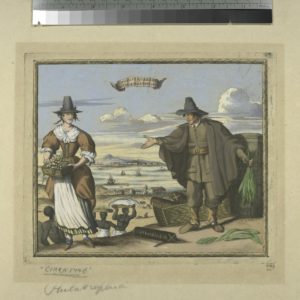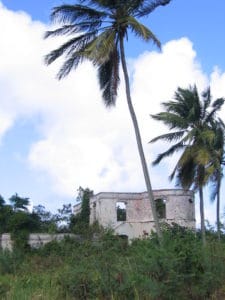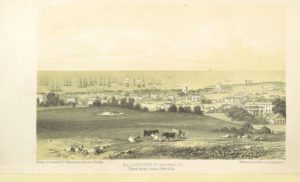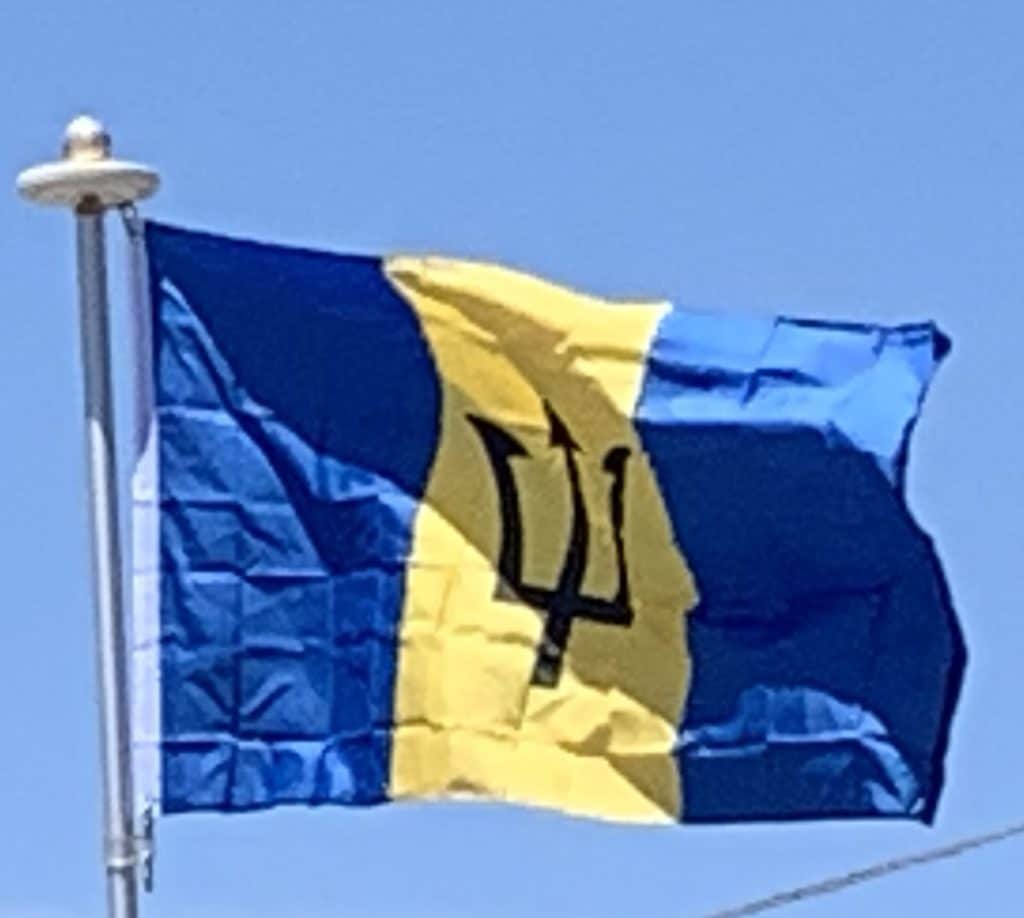Courten’s title was transferred to James Hay, 1st Earl of Carlisle, in what was called the “Great Barbados Robbery.” Carlisle then chose as governor Henry Hawley, who established the House of Assembly in 1639, in an effort to appease the planters, who might otherwise have opposed his controversial appointment.
England’s Civil War:
Around the same time, fighting during the War of the Three Kingdoms and the Interregnum spilled over into Barbados and Barbadian territorial waters. The island was not involved in the war until after the execution of Charles I, when the island’s government fell under the control of Royalists. To try to bring the recalcitrant colony to heel, the Commonwealth Parliament passed an act on 3 October 1650 prohibiting trade between England and Barbados, and because the island also traded with the Netherlands, further navigation acts were passed prohibiting any but English vessels trading with Dutch colonies. These acts were a precursor to the First Anglo-Dutch War. The Commonwealth of England sent an invasion force under the command of Sir George Ayscue, which arrived in October 1651. After some skirmishing, the Royalists in the House of Assembly led by Lord Willoughby surrendered. The conditions of the surrender were incorporated into the Charter of Barbados (Treaty of Oistins), which was signed at the Mermaid’s Inn, Oistins, on 17 January 1652.

Sugar Cane and Slavery:
Sugarcane cultivation in Barbados began in the 1640s, after its introduction in 1637 by Pieter Blower. Initially, rum was produced but by 1642, sugar was the focus of the industry. As it developed into the main commercial enterprise, Barbados was divided into large plantation estates which replaced the small holdings of the early English settlers as the wealthy planters pushed out the poorer.

Some of the displaced farmers relocated to the English colonies in North America, most notably South Carolina. To work the plantations, black Africans – primarily from West Africa – were imported as slaves in such numbers that there were three for every one planter. Increasingly after 1750 the plantations were owned by absentee landlords living in Britain and operated by hired managers. The slave trade ceased in 1807 and slaves were emancipated in 1834. Persecuted Catholics from Ireland also worked the plantations. Life expectancy of slaves was short and replacements were purchased annually.

The British abolished the slave trade in 1807, but not the institution itself. In 1816, slaves rose up in the largest major slave rebellion in the island’s history, of 20,000 slaves from over 70 plantations. They drove whites off the plantations, but widespread killings did not take place. This was later termed “Bussa’s Rebellion” after the slave ranger, Bussa, who with his assistants hated slavery, found the treatment of slaves on Barbados to be “intolerable”, and believed the political climate in Britain made the time ripe to peacefully negotiate with planters for freedom. Bussa’s Rebellion failed. One hundred and twenty slaves died in combat or were immediately executed, and another 144 were brought to trial and executed. The remaining rebels were shipped off the island.
